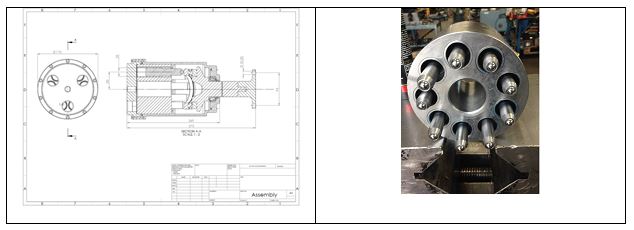Products and services with innovative potential
The infrastructure of the research centre enables the performance of the services in the following areas:
• Advanced solutions for propulsion and transmission systems
• Unconventional propulsion systems
• Road traffic management and sustainable urban mobility
• Design, modeling and research of vehicle systems and components
• Advanced solutions for propulsion and transmission systems
The research centre's infrastructure enables the performance of the following services:
- The identification of the particularities of fuels that can be used to power internal combustion engines.
- Establishing the functional parameters of the engines on which experimental research will be carried out.
- Testing engines and auxiliary installations for each fuel used.
- Analysis from the point of view of the performance, economy and pollution parameters for each type of engine and each fuel.
- Testing and analyzing traditional and alternative fuels, as well as fuel blending.
- Testing of intake, exhaust and exhaust system sub-assemblies to reduce pollutant emissions.
- Optical combustion analysis - With the help of the endoscopic cameras and the transparent elements of the single-cylinder engine mechanism for advanced research, studies can be made on the phenomenological characteristics of the combustion process based on the optical characteristics of the flame.
For all provided services, costs are much lower than the analysis and testing costs currently used in industry.
Together with industry and research partners we have conducted tests for various alternative fuels and fuel additives that are currently widely used.

An innovative product is also the patent proposal of Lecturer Dr. Eng. Cristian Ioan LEAHU, energy recovery mechanism for internal combustion engines. The invention relates to an energy recovery mechanism from exhaust gases, intended to drive auxiliary aggregates of internal combustion engines for motor vehicles. The mechanism according to the invention has a turbine with variable geometry, with gases that drive at least one auxiliary unit of an internal combustion engine by means of transmission mechanisms, speed multipliers.
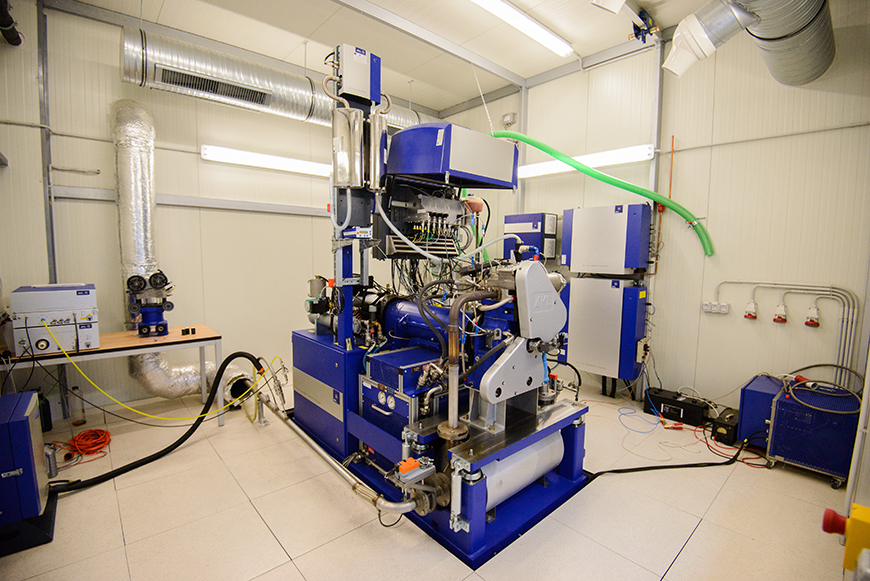
In order to reduce the impact of internal engine pollution on the environment, research is being done on the catalytic systems on the exhaust manifolds. An example is the System for reducing the concentration of carbon dioxide in the exhaust gases of thermal engines - the result of a Grant for young researchers carried out by Assoc. Prof. Dr. Eng. Stelian Țârulescu. The main objective of the project is to achieve a system to reduce CO2emissions, testing it on various internal combustion engines, testing it for several classic fuels, alternatives and mixtures.
• Unconventional propulsion systems
The research centre's infrastructure enables the performance of the following services:
- Efficiency and reliability tests for electrical propulsion systems.;
- Testing of energy recovery systems and its storing on board;
- Research on the system concept used in the hydraulic-hybrid propulsion;
- Multiple Modeling using Boost, Fire (CFD), Excite, Virtual Lab (Multi-Body - FEA), Ames Cruise (Multiple Game);
- Design and modeling of vehicle systems;
- Design, simulation and realization of functional prototypes for different technical systems;
- Virtual and experimental research to determine the main functional parameters of vehicle systems;
- Design, simulation and execution of various stands and test equipment;
- Design, simulation and testing of hydraulic systems;
- Design, simulation and testing of unconventional propulsion systems;
- Design, development and testing of new innovative technical systems.
For all the services provided, the costs are much lower than the analysis and testing costs currently used in the industry.
An innovative product with high visibility in the field of ecological systems is the E-Smart electric vehicle made by a team of teachers, researchers and students. To drive the electric motor of the vehicle was used a package of 32 batteries based on Lithium / Iron / Phosphate, connected in series, with a maximum charging voltage of 3.7 V and a minimum discharge voltage of 2.6 V. The entire assembly is controlled by a battery management system and a charge monitoring system.
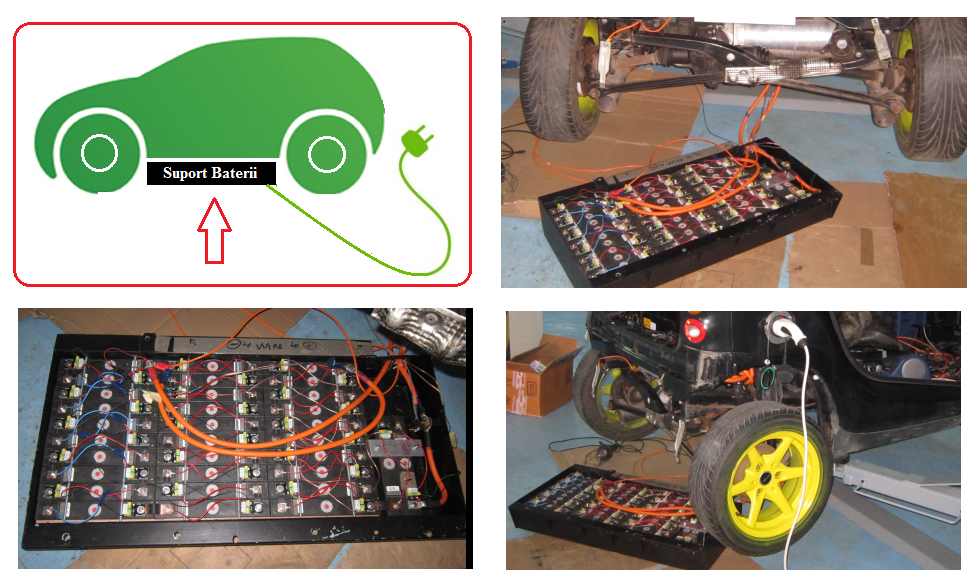
The autonomy of the electric vehicle is 65 km and the maximum speed is about 80 km / h. Charging the batteries is done by connecting the cable to any charging station of electric vehicles, or to any socket for 220V AC. The full charge time of the batteries is 3 hours.

An exceptional innovative product is the Innova Twiz Project, a competition in which students and researchers from the High Tech Automotive Products Research Centre participated. It took place for the first time in 2019, and the challenge for students from 50 countries was to use their creativity to find solutions for the future of mobility using the Twizy platform. 7 teams of students from partner universities were registered in Romania: Transilvania University of Brașov: 3 teams, of which 2 won first and second places at national level; Polytechnic University of Bucharest: 2 teams, one of which won the third place; University of Pitesti: 1 team; Valahia University of Târgoviște: 1 team. The team from Transilvania University in Brașov, which won the first place in the national stage, qualified for the international stage which took place in Paris, where it obtained the title of Best Prototype.
Transilvania University participated in the national stage held in November 2018 of the TwizyContest contest with three teams. The winning team qualified for the international phase that took place in Paris on October 5, 2019, at the headquarters of the Renault research centre - Techno Center Renault. Brasov students competed with teams from France, Russia, Turkey, South Korea and Brazil. According to the regulations, Renault Technologie Roumanie made the Renault Twizy available to the winning team and the University financially supported the implementation of the technical idea and the completion of the prototype. The contest consisted in presenting the prototype to the jury: the general solution, the technical solution with the demonstration of the functionality of the prototype. The prototype made by the students from Brașov proved its perfect functionality in front of the jury and the audience.

The team of 6 students (2 PhD students and 4 master students) from the Faculty of Mechanical Engineering, coordinated by Professor Horia Abăităncei, obtained on October 5, 2019, in the world final of the contest "Twizy Contest 2019" organized by Renault Group, the award for best prototype. The prototype made by Brasov students consists of a vehicle with optimized maneuverability (MGS), which in addition to the classic travel functions, has 10 additional functions in all possible directions: travel with short turning radius, diagonal travel, rotation on the spot, etc.

• Road safety, accident analysis and reconstruction
In the field of road safety, accident analysis and reconstruction, the following services can be performed:
- Testing of various equipment and devices to increase visibility at night;
- Carrying out measurements and testing devices to improve road safety;
- Testing the behavior of the driver at different dynamic conditions.
- Performing measurements to improve the interaction of the tire with the bumps;
- Designing and construction of devices for experimental research on active and passive safety;
- Testing of safety equipment in all configurations and types of impact of vehicles.
- Analysis and reconstruction of road accidents.

The following research types and tests can also be carried out:
- Experimental impact tests: dynamic tests, car-pedestrian collision tests, car-bicycle collision tests, car- car collision tests, car-obstacle collision tests;
- Researching visibility at night;
- Researching the driver’s reaction time and the influence of alcohol consumption;
- Researching the level of stress of the driver in traffic;
- Researching on tire – level oscillation impact and vehicle dynamics;
- Experimental laboratory investigations of vehicle impacts;
- Experimental research on vehicle impacts and accident reconstruction;
- Devices Construction.
- Determining the kinematics and dynamics of the human body in tests of vehicle dynamics: braking, acceleration, free run.
- Determining the kinematics and dynamics of the occupant, pedestrian or vehicle driver in vehicle collision tests.
- Testing of the active and passive vehicles and safety devices.
- Anthropometric humanoid test device at the prototype stage, consisting of interchangeable components connected through joints.
For all the services provided, the costs are much lower than the analysis and testing costs currently used in the industry.

• Road traffic management and sustainable urban mobility
By using the infrastructure of the research centre, the following services can be performed:
- Road traffic studies;
- Sustainable urban mobility plans;
- Sustainable energy action plans;
- Opportunity studies for the acquisition of transport systems through the Regional Operational Programme;
- Urban development strategies for cities and municipalities;
- Drafting of noise maps;
- Analysis, simulation and modeling of road traffic volumes;
- Measurements to determine the level of air pollution and noise measurements;
- Measurements to determine the level of pollution in the exhaust pipe of motor vehicles;
For all services provided the costs are much lower than the costs of analysis and testing currently used on the market.
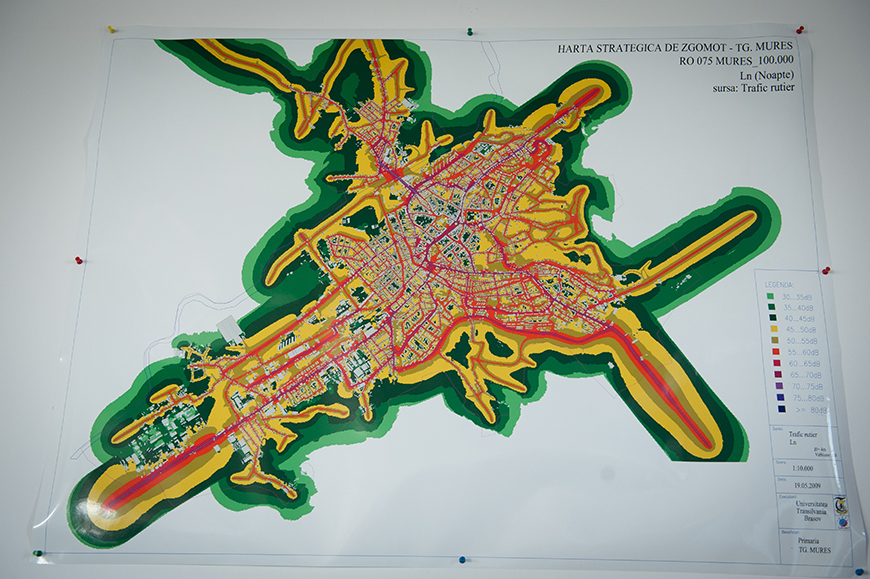
A complete package regarding the sustainable urban development strategy is represented by the succession of projects realized together with the company Proteus Brașov SRL for Ghimbav City Hall:
- Mobility study on road traffic in Ghimbav
- Sustainable urban mobility plan of Ghimbav, http://www.primaria-ghimbav.ro/docs/2016/2016-06-PMUD-al-orasului-Ghimbav-iunie-2016.pdf
- Study on energy efficiency parameters at the level of the local strategy and the SEAP for the city of Ghimbav, http://www.primaria-ghimbav.ro/docs/2016/2016-09-16-PAED-Ghimbav-2016.pdf
- Introduction of intelligent and ecological urban transport system in Ghimbav city. Routes and infrastructure for electric transport
- Updating the sustainable action plan for the proposed projects in Ghimbav, http://www.primaria-ghimbav.ro/index.php?option=com_content&view=article&id=20&Itemid=128
- Study on the adaptation of urban space and civil buildings to the individual needs of people with disabilities
- Sustainable Development Strategy 2014-2024 of Ghimbav City update for 2018, http://gpanel.ro/primaria-ghimbav.ro/docs/2018/2018-06-SDD-Ghimbav-actualizare_2018-06.pdf
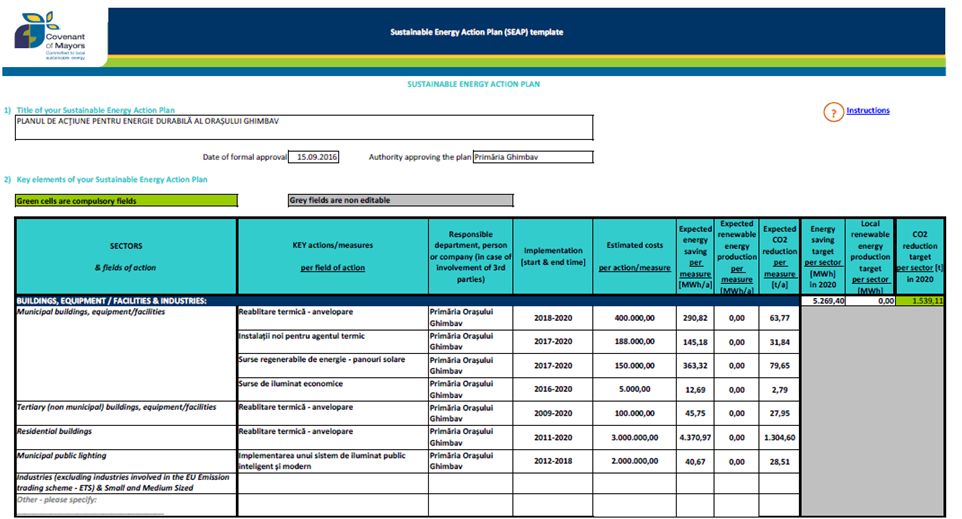
A product that led to the development of a mobility strategy for an industrial park is the series of projects carried out for the company Autoliv Brașov:
- Traffic systematization on the AUTOLIV Platform.
- Solutions and measures regarding the systematization of traffic on the AUTOLIV Brașov Platform.
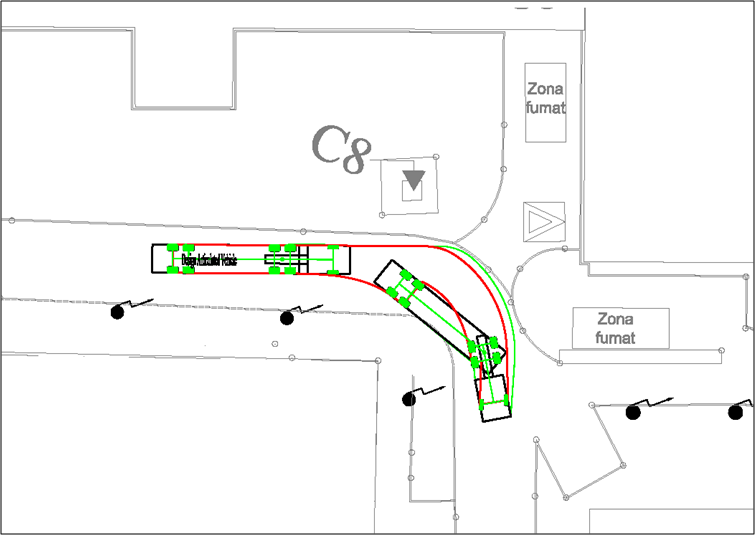
The purpose of the documentation was to analyze the flow of vehicles and pedestrians for the Autoliv Brașov Platform, in order to optimize it and increase safety. The result of this project was the systematization of the internal traffic of the Autoliv property in Brașov for all categories participating in the traffic: pedestrians, means of public transport for employees, personal and goods vehicles, forklifts, as well as all other categories of vehicles.

• Design, modeling and research of vehicle systems and components
The following services can be performed by using the infrastructure of the research centre,:
- Design, simulation and realization of functional prototypes for different technical systems;
- Virtual and experimental research to determine the main functional parameters of vehicle systems;
- Design, simulation and execution of various stands and test equipment;
- Carrying out studies for the production of hydrogen and biogas and the possibility of using them on board vehicles;
- Design, simulation and testing of hydraulic systems;
- Design, simulation and testing of unconventional propulsion systems;
- Design, development and testing of new innovative technical systems.
An important endeavour lies in innovation and the development of new technical solutions applied to automotive systems. The existing infrastructure within the Research Institute of Transilvania University of Brașov enables the coordination of interdisciplinary projects through which innovative technical systems can be developed from concept to physical realization and testing. The structure of the Laboratory for Design, Modeling and Research of Automotive Systems and Components is built so as to ensure all the activities necessary to carry out in the best conditions the research processes, development of new technical systems. In order to ensure the highest possible quality of processes at each stage (modeling, simulation, product development, experimental research), virtual engineering interacts with the physical development and experimental research of systems.




